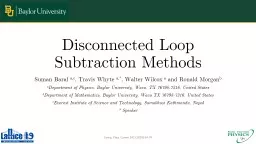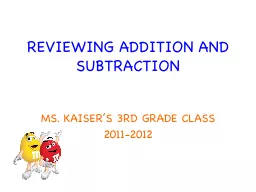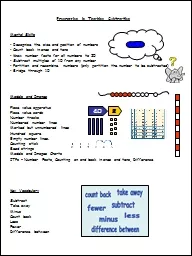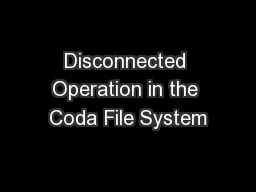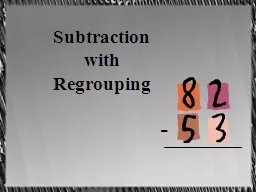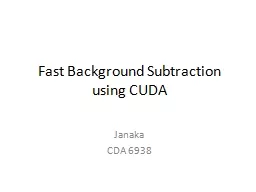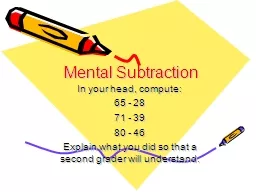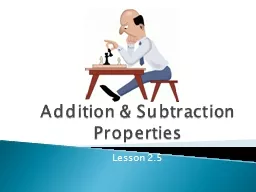PPT-Disconnected Loop Subtraction Methods
Author : sistertive | Published Date : 2020-08-04
Suman Baral ac Travis Whyte a Walter Wilcox a and Ronald Morgan b a Department of Physics Baylor University Waco TX 767987316 United States b Department of
Presentation Embed Code
Download Presentation
Download Presentation The PPT/PDF document "Disconnected Loop Subtraction Methods" is the property of its rightful owner. Permission is granted to download and print the materials on this website for personal, non-commercial use only, and to display it on your personal computer provided you do not modify the materials and that you retain all copyright notices contained in the materials. By downloading content from our website, you accept the terms of this agreement.
Disconnected Loop Subtraction Methods: Transcript
Download Rules Of Document
"Disconnected Loop Subtraction Methods"The content belongs to its owner. You may download and print it for personal use, without modification, and keep all copyright notices. By downloading, you agree to these terms.
Related Documents

